
Dietary iron deficiency is one of the most common types of iron deficiency. This condition is also known under the names sideropenia and hypoferremia. Iron is extremely important for proper functioning of the human body since it aids in carrying the oxygen from the lungs to the living cells, in the form of hemoglobin. It also serves as a transport medium for electrons within the cells, in the form of cytochromes. It is also important for various enzymes in the body tissues. Iron deficiency is, therefore, a severe condition that can even result in disease and death.
Symptoms of iron deficiency
The most severe consequence of iron deficiency is a condition known as iron deficiency anemia. This disease occurs when the levels of iron are so low that body fails to form hemoglobin. Anemia is actually a disorder of blood, and therefore, affects every living cell in the body. In anemia, human tissues fail to get enough of the oxygen, since the oxygen-carrying capacity of blood is reduced. This leads to various health problems, behavioral disturbances and dying of the cells.
Symptoms of iron deficiency typically occur even before the anemia takes place. Iron is so essential for many bodily processes, therefore, even a slight disturbance in optimum level results in a wide range of symptoms. The most common symptoms of iron deficiency include constant fatigue, pallor, loss of hair, general irritability, weakness, an appetite for substances, which are largely non-nutritive or raw food ingredients (also known as pica), grooved or brittle nails, painful atrophy of the mucous membrane covering the tongue, susceptibility to colds and viruses, and compulsive consumption of ice or iced drinks.
Causes of iron deficiency
Dietary iron deficiency is associated with an inadequate intake of iron. People on special diets, low in dietary iron, are generally affected by this condition. However, it may also occur for some other reasons such as excessive menstrual bleeding, intake of substances that interfere with iron absorption, as a result of malabsorption syndromes, or because of a blood donation. Whenever dietary intake of iron isn’t sufficient to satisfy the current needs of the body, iron deficiency may occur.
Food sources of iron
Mild forms of iron deficiency can be cured and prevented by eating foods rich in iron. Good sources of dietary iron are red meat, poultry, grapes, red wine, lentils, beans, spinach and other green leafy vegetables, tofu, chickpeas, black-eyed peas, fortified bread, and fortified breakfast cereals. Iron in meat is more easily absorbed than iron in grains and vegetables.


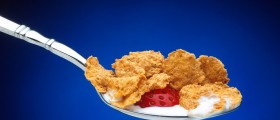


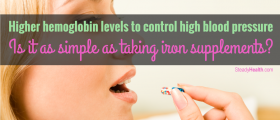


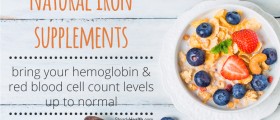

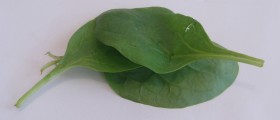


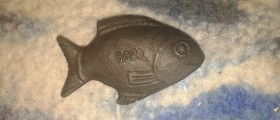

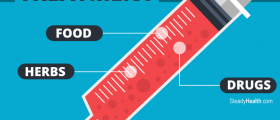
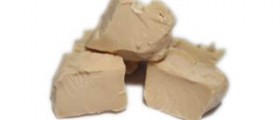
Your thoughts on this
Loading...